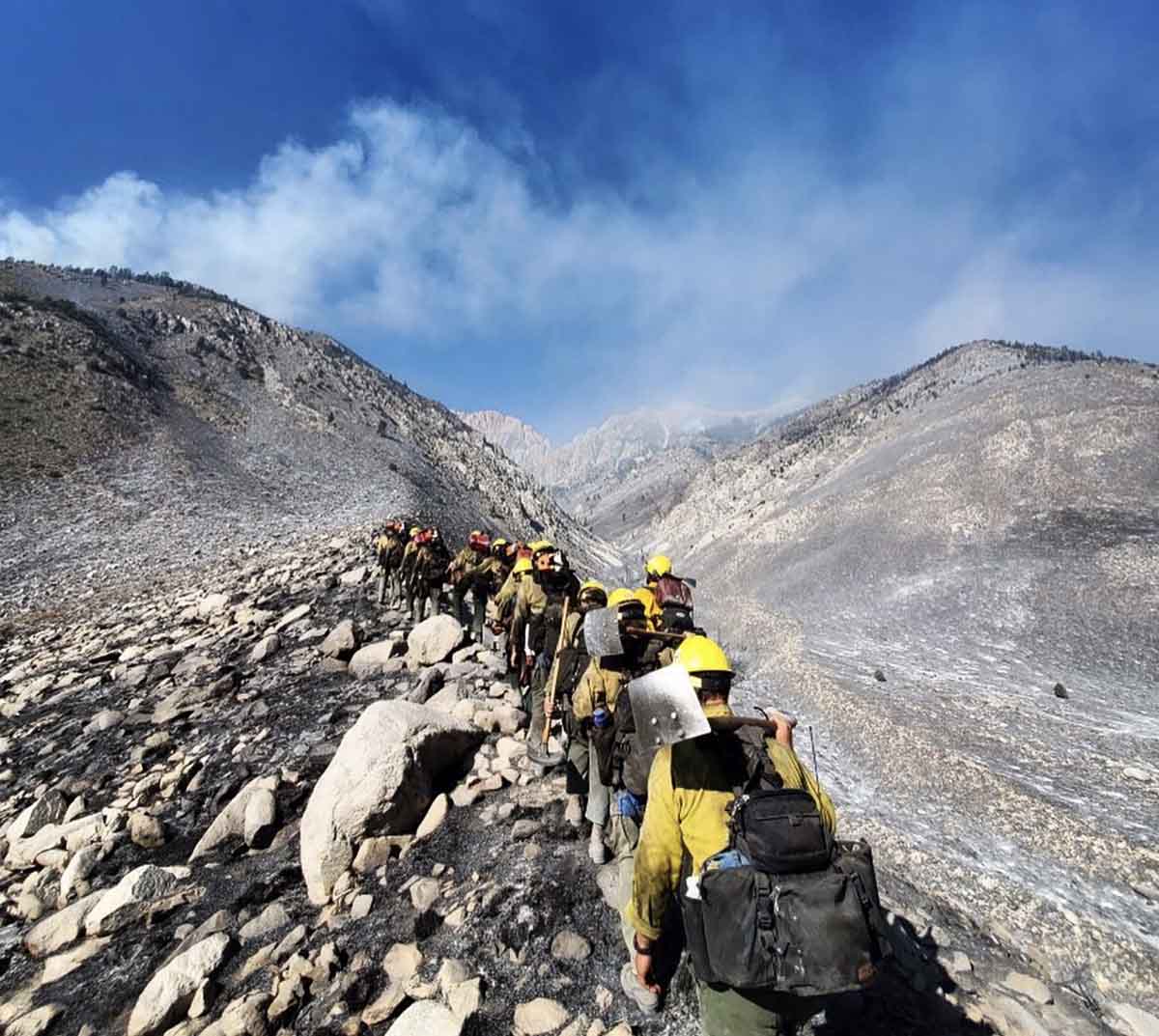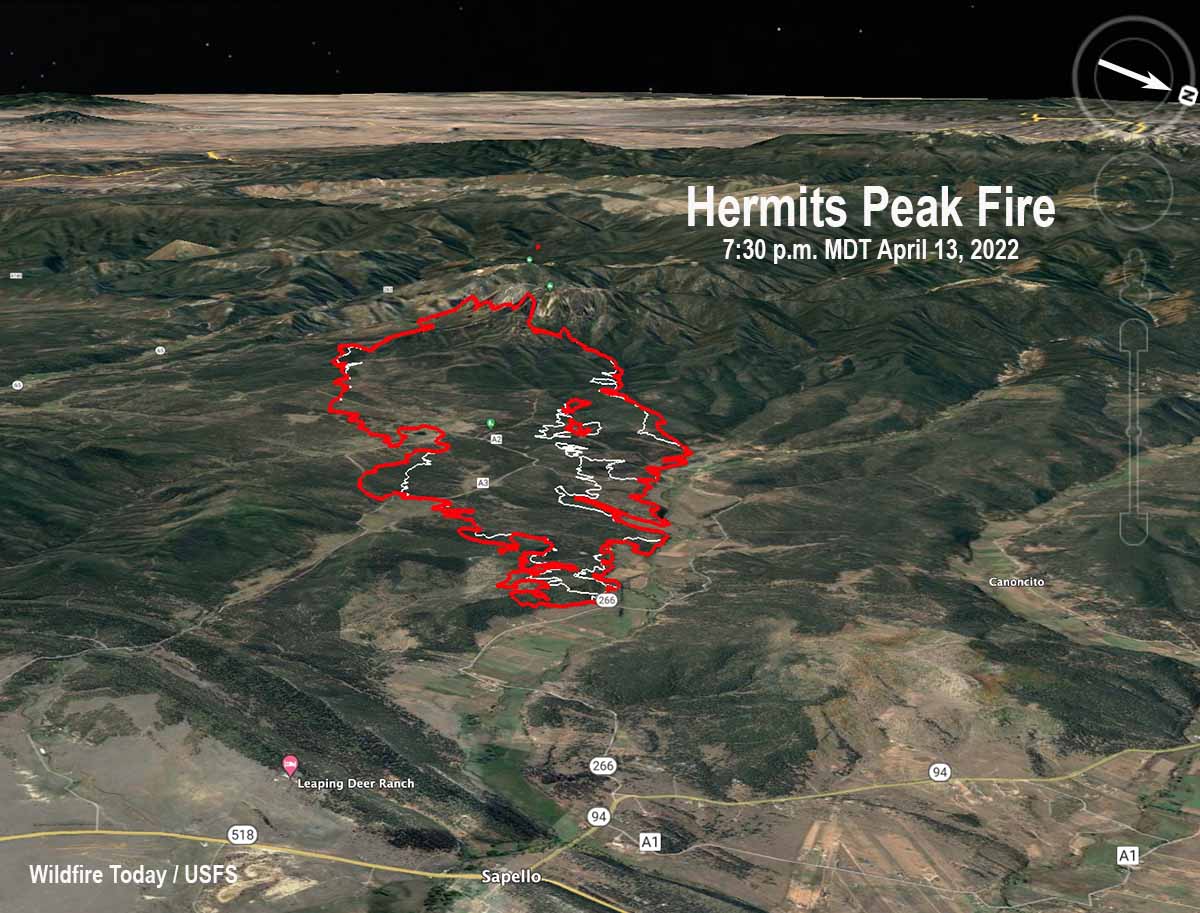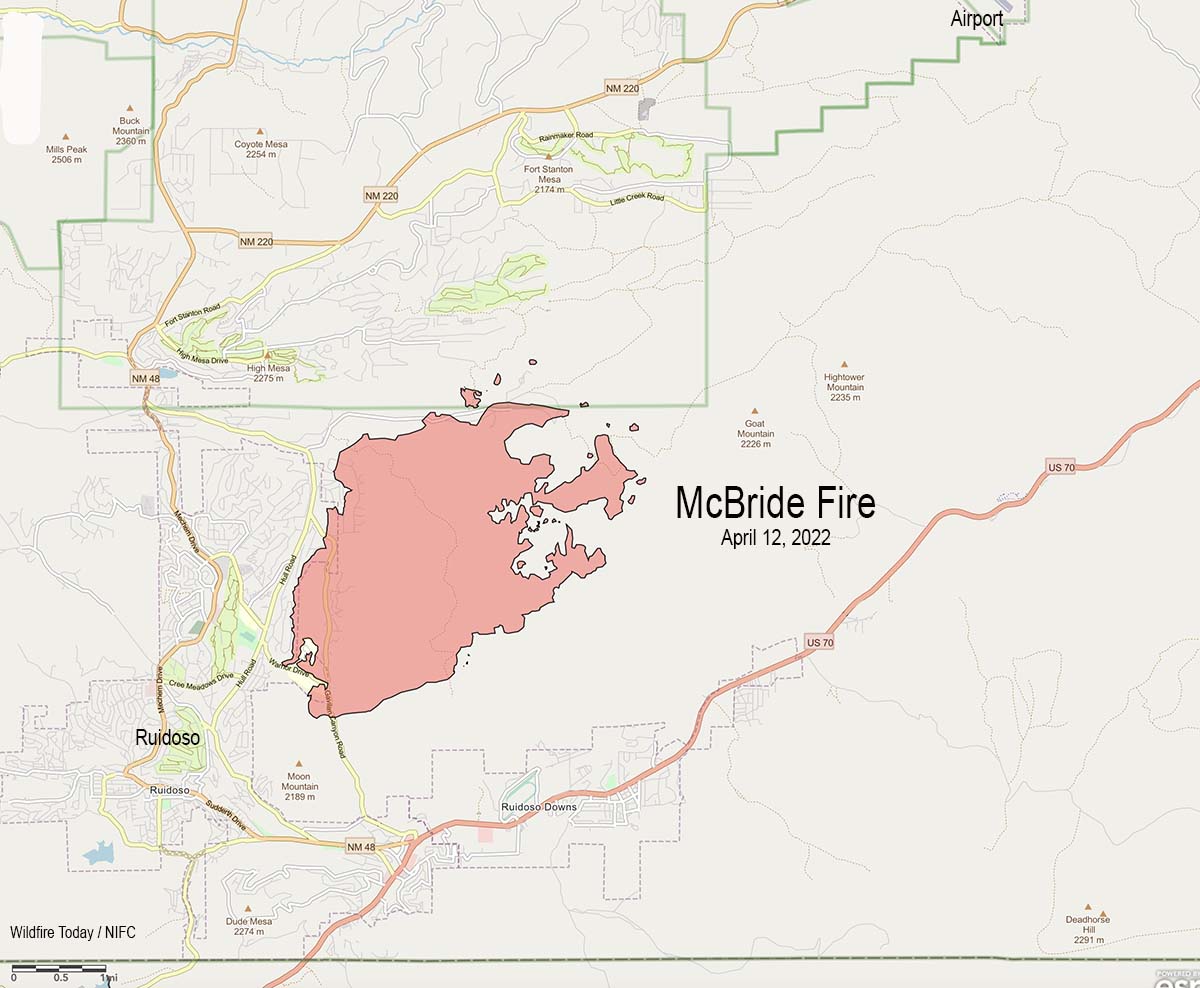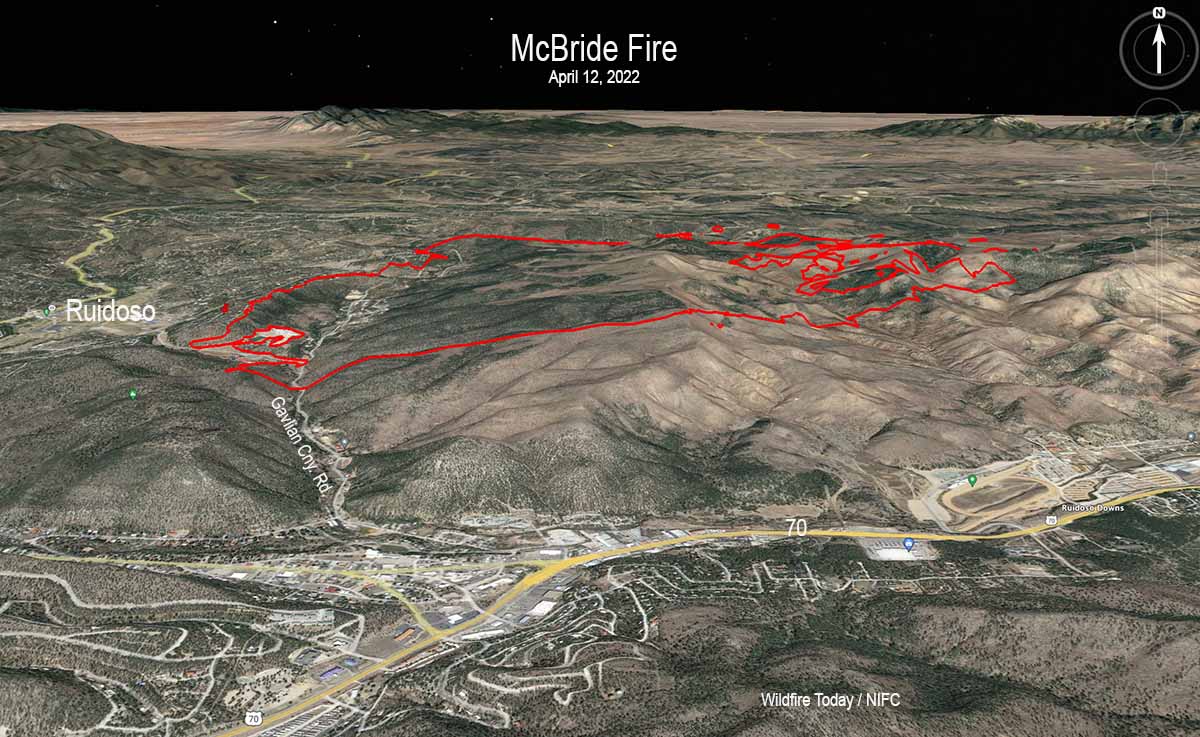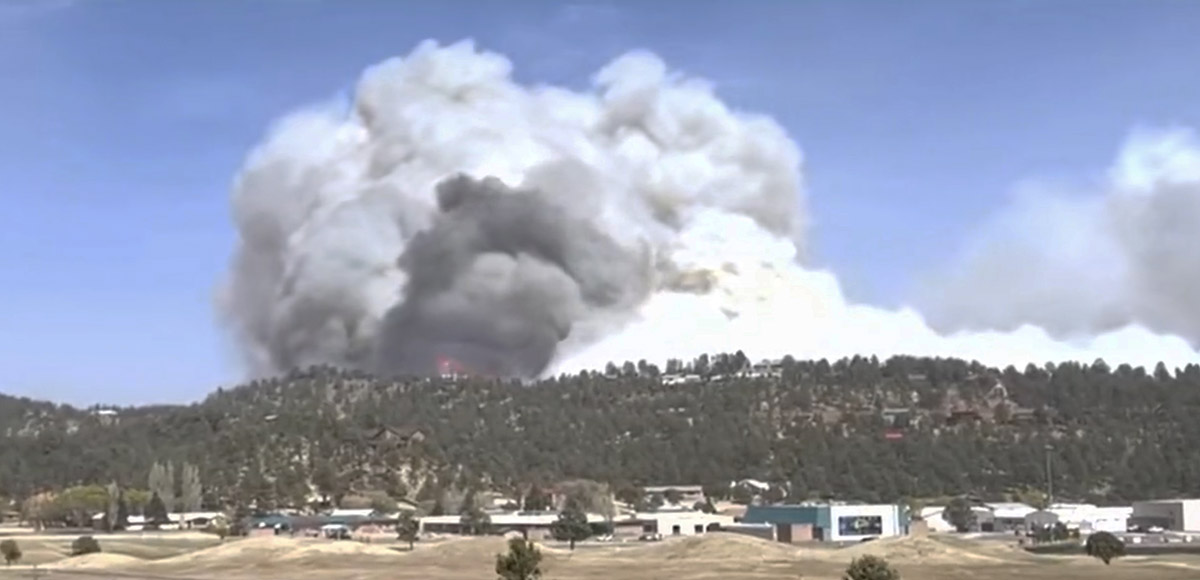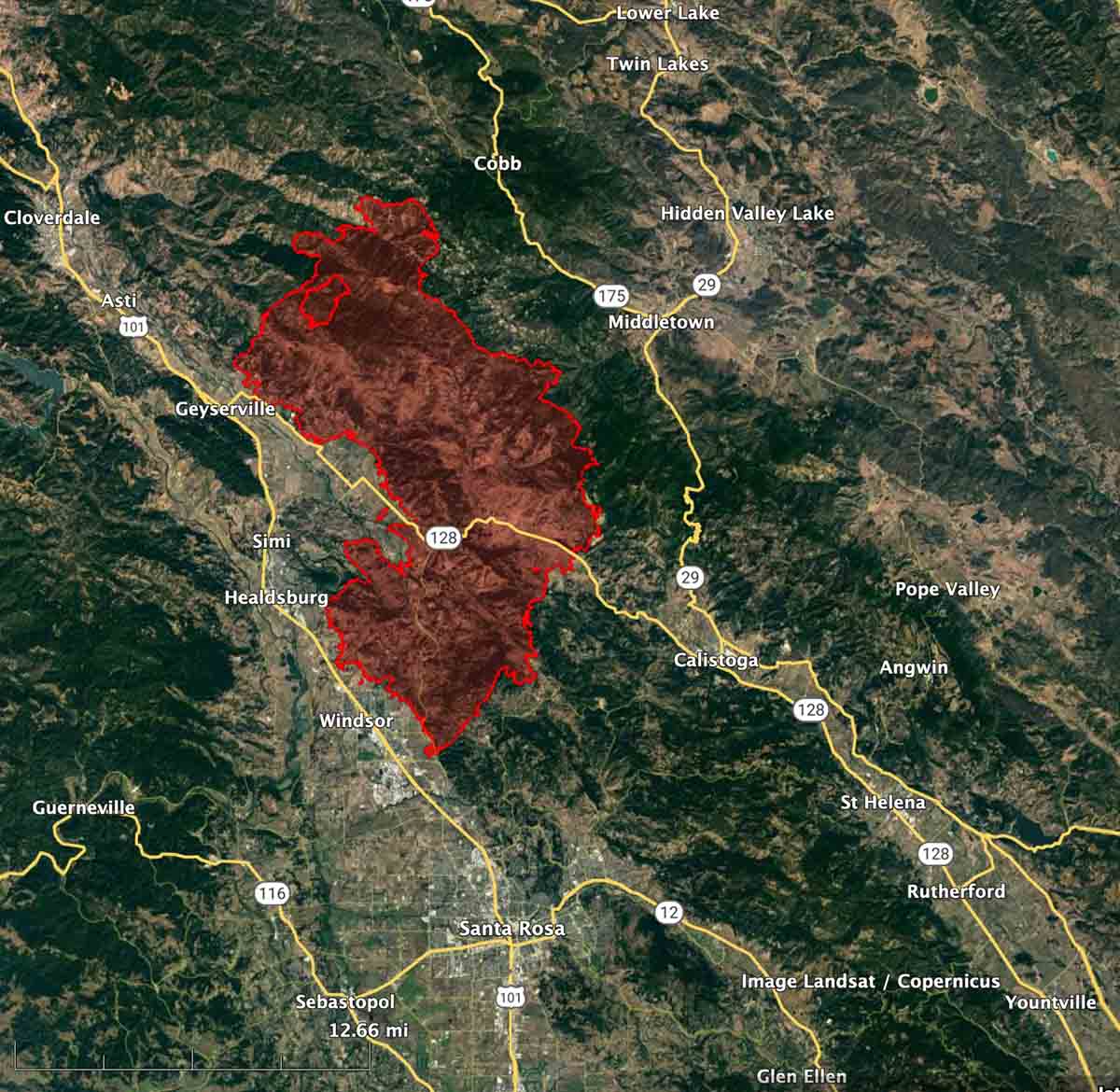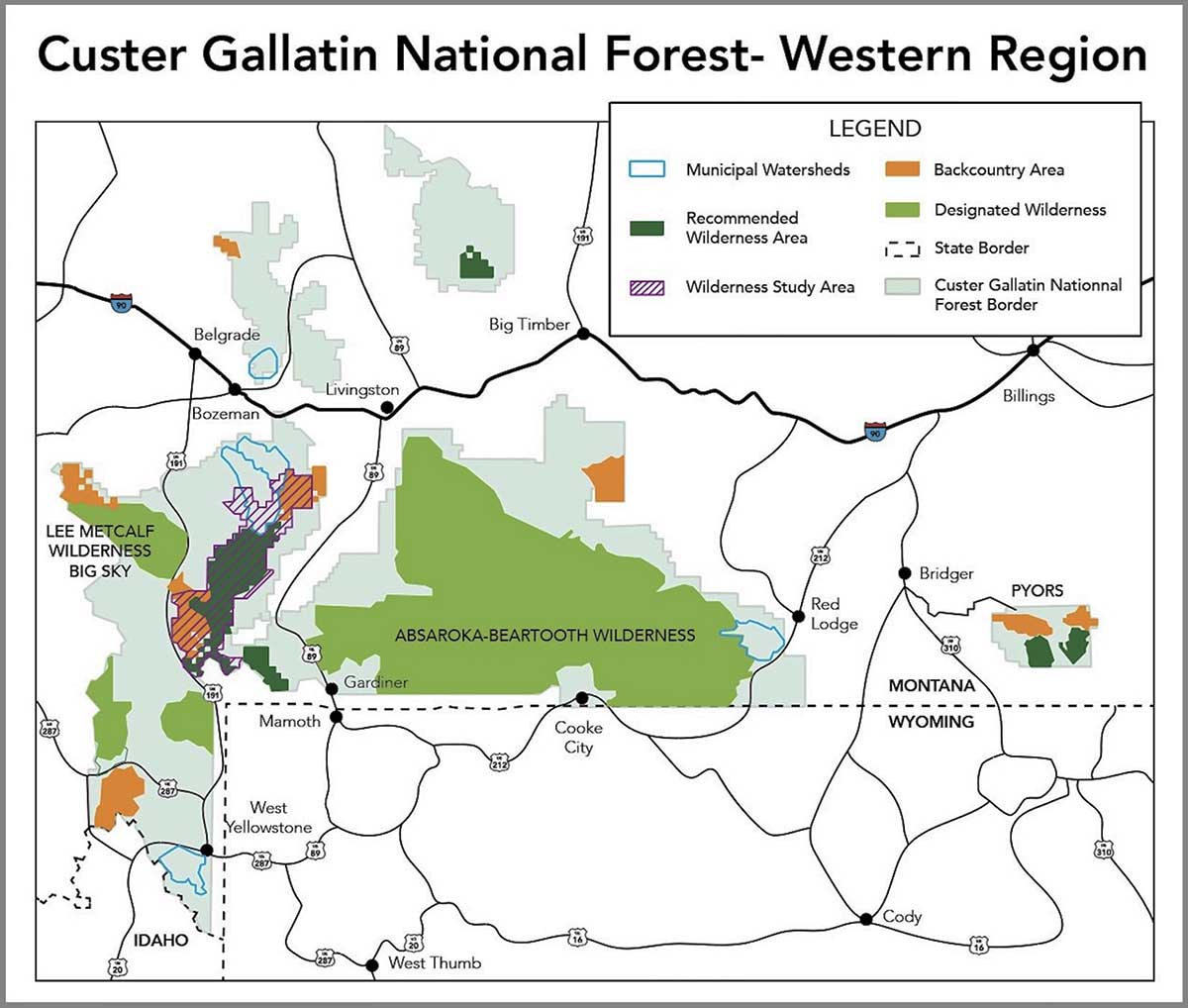
One of the three dispatch centers that serve the Custer Gallatin National Forest in Montana is closing. Bozeman Interagency Dispatch Center has been the smallest of the three and multiple factors over the last decade have created a situation where the center is not sustainable, according to information released by the Forest:
Fire seasons are generally longer and often intense, increasing the expectations from dispatch centers that directly support firefighters. Additional policy changes affecting aircraft dispatching and the cost of living to attract dispatchers to Bozeman, MT are also factors.
Over the last three years, Bozeman dispatch has tried unsuccessfully to recruit and fill the Initial Attack dispatcher position in several separate hiring events. The cost of living in Bozeman was cited as the biggest deterrent to accepting a position.
The Forest Service (FS) and the other agencies staffing the Bozeman Interagency Dispatch Center have decided that the Bozeman-based dispatch center “will transition to Billings,” meaning, Bozeman Dispatch will close.
Marna Daley, the Public Affairs Officer for the Custer Gallatin NF told Wildfire Today that the organizational chart for the Bozeman Dispatch Center had five positions supplied by the Forest Service — two permanent full-time, one permanent part-time, and two seasonals. Because of the difficulty in filling the jobs there, in recent years typically there were only two FS personnel in the office. Ms. Daley said with so many vacant positions at Bozeman, they often brought in detailers or used other methods to take up the slack.
As this transition is occurring, and with it being early in the fire season, only one position is filled, and that person has accepted a different job on the Forest.

The Billings Interagency Dispatch Center is staffed by workers not only from the FS, but also the Bureau of Land Management, Bureau of Indian Affairs, and the Montana Department of Natural Resources. The FS’s contribution will be three permanent full-time positions and one seasonal.
But in recent years both Bozeman and Billings have operated at low staffing levels with critical unfilled vacancies.
“Often throughout a wildland fire season dispatch centers need to operate seven-days/week, round-the-clock schedule to support wildland fire operations, which has proven difficult at current staffing levels,” the FS wrote in a briefing document about combining the two dispatch centers.
The FS described Billings as “A city with a broad base of socially and economically diverse systems including housing, schools, airport, healthcare, childcare, and family necessities associated with the cost of living…A fully staffed Billings Interagency Dispatch Center should also provide a better work-life balance for employees across the spectrum.”
The FS tentatively expects Billings Dispatch to be fully operational with the appropriate radio communications and additional duties on April 18, 2022. Field testing has been going on since March. The phone number to report a fire will be the main dispatch number, 406-896-2900.

